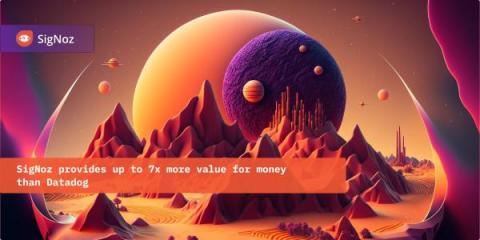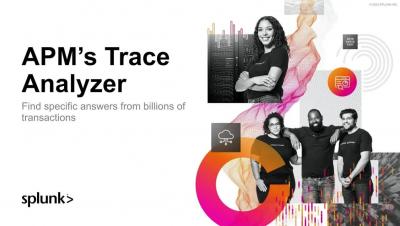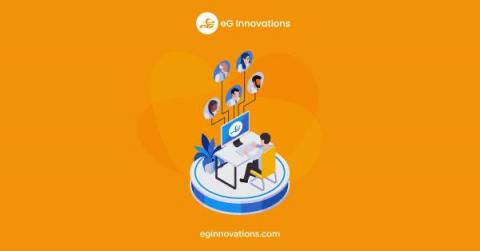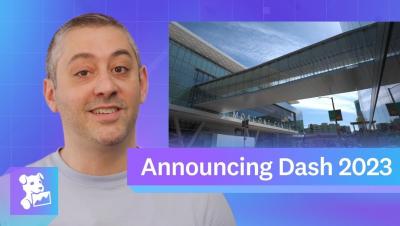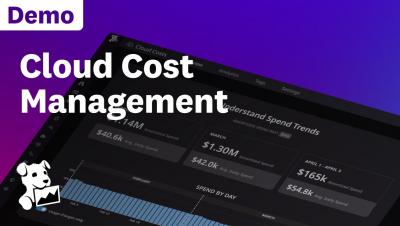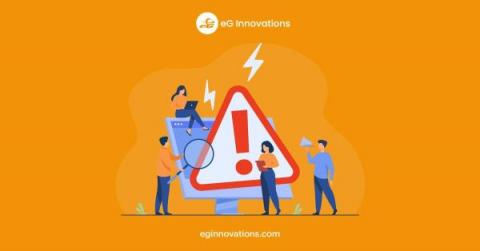Operations | Monitoring | ITSM | DevOps | Cloud
APM
The latest News and Information on Application Performance Monitoring and related technologies.
There's power in your data - 5 Secrets to solving Citrix Problems
Data can be overwhelming. The purpose of this blog is help you sift through data to find exactly what you need to use it in a meaningful way when solving Citrix problems. After working in performance benchmarking and analysis, one thing I noticed is only the really really big companies have full-time staff dedicated to doing analysis on a daily basis. Which means, it’s up to the generalists, or Jacks and Jills-of-all-trades, to review data and make sense of it. How does one do this?
7x more value for money than Datadog - SigNoz
APM's Trace Analyzer
Debugging tips for common issues with cloud-based applications
Debugging in a cloud environment can be tricky, as it involves multiple layers of abstraction and virtualization. Unlike traditional on-premise environments, cloud environments are highly distributed and dynamic, making it challenging to identify and troubleshoot issues. One of the biggest challenges with debugging cloud applications is the need for more visibility into the underlying infrastructure and the complexity of the application architecture. Fortunately, pinpointing and resolving the cause of the issue is much more manageable with server-side monitoring, detailed error reporting and cloud debugging solutions.
What is multi-tenancy? Multi-tenancy for MSPs Explained.
Multi-tenancy is an architecture in which a single instance of a software application and its underlying resources serves multiple customers, each customer is called a tenant. Multi-tenant architectures are the foundation of most SaaS offerings. Monitoring and troubleshooting multi-tenancy architectures can be challenging.A tenant can be an individual user, but more commonly, it is a group of users like a customer organization.
This Month in Datadog: DASH 2023, In-App WAF and User Protection, Cloudcraft for Azure, and more!
Cloud Cost Management Demo
Java Application Profiling with Prefix featuring OpenTelemetry
10 Mistakes to avoid when framing your IT Incident Management Strategy
An IT incident is an unplanned disruption that negatively impacts an IT service. As the importance of IT to the business has increased, the impact of IT incidents has become greater. IT incidents can result in revenue loss, loss of employee productivity, SLA financial penalties, government fines, and more. An effective IT incident management strategy is now essential in every organization. For a business like Amazon whose entire business relies on IT, a single second of slowness can cost over $15,000.




